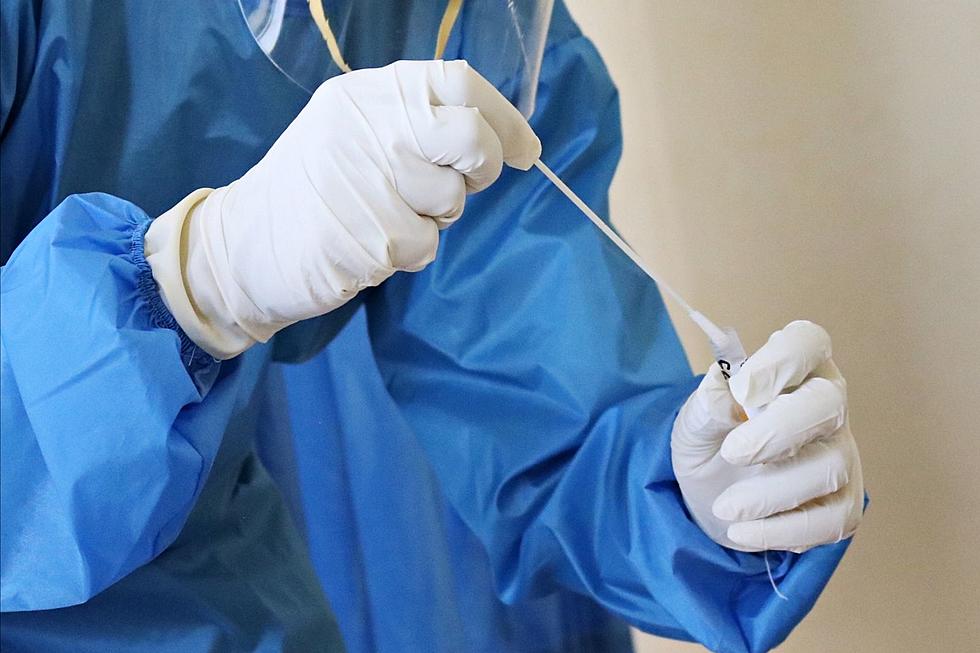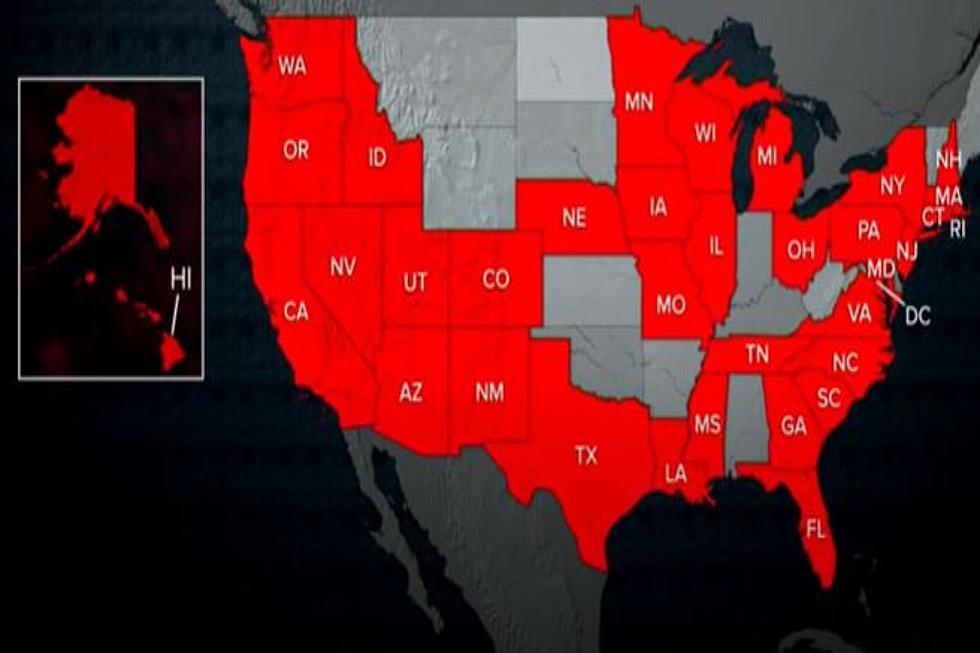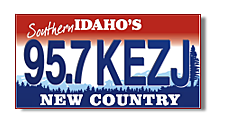
How Well Are Idahoans Obeying Stay-At-Home Guidelines?
Idaho was one of the last four states to have a confirmed case of COVID-19 and probably due to that our state was also among the last to take on some of the more extreme preventative measures. Studies and data show that even when Idaho officials were taking precautions and advising residents to be more cautious, Idaho residents were slow to heed the warnings. Twin Falls County had its first confirmed case of the virus on March 18th and the first death on April 3rd. On the 23rd of March, schools in the Twin Falls district were temporarily cancelled and plans were made to start online classes. March 25th, Idaho governor Brad Little announced a 21 day stay-at-home order. The following day, Idaho had its first deaths due to the coronavirus. Three days later President Trump extended the social distancing guideline until April 30th. This afternoon, April 6th, classes were cancelled for the rest of the school year in Twin Falls with the option to return to class if conditions improve, otherwise distance learning continues.
During those days between Idaho's first case of COVID-19 and now, Idaho residents have shown a slow interest in taking the virus seriously. Reports show that Idahoans, specifically Southern Idaho, have not changed their ways. Idaho continually is above average on the daily number of confirmed cases compared to the rest of the US, with more than a thousand cases over the last three weeks. Unacast has a social distancing scoreboard giving a grade to each state and its counties based on obedience and speed to react to the warnings. Idaho got a D. If Idaho were my kids they would have lost screentime for a week and then until they got the grade above a C. Twin Falls County also received a D grade with surrounding counties scoring an F in Cassia, Jerome, Gooding, and Elmore.
Part of the reason Idaho is graded so low and has a higher rate of infection could be due to the results found in a New York Times article. While the majority of the Western United States had cut the amount of travel to under 2 miles by March 24th - nine counties in Idaho hadn't done that by the 26th. That is more counties than all other states west of Texas combined.
There is a possible vaccine for COVID-19 being tested by the government but nothing available to the public yet.

More From 95.7 KEZJ









